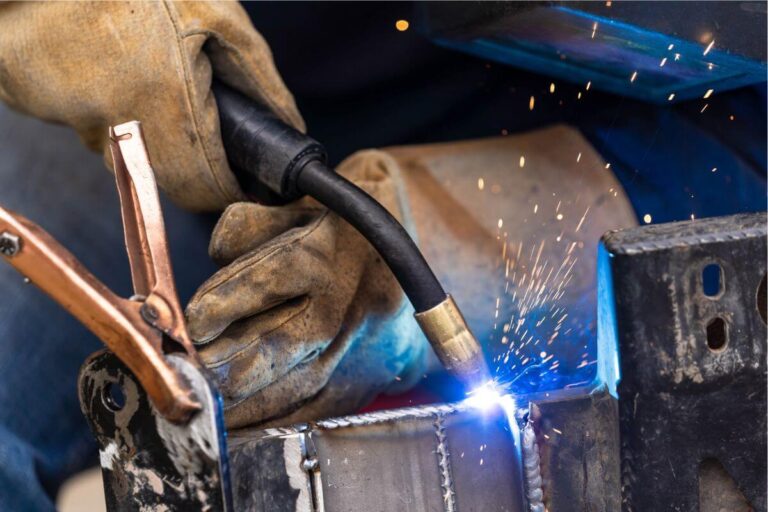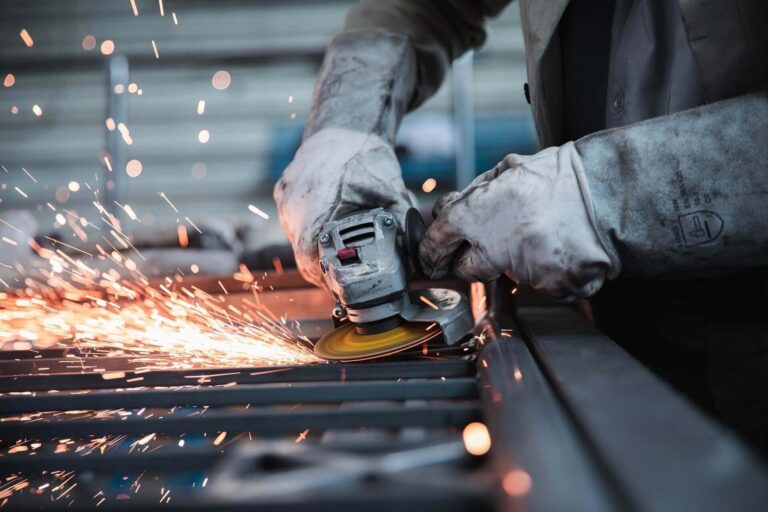When you rely on welding services for essential repairs or structural work, the job doesn’t end once the welds are complete. Caring for welded items is just as crucial as the welding itself. Proper maintenance helps extend the life of metalwork and ensures safety, functionality, and aesthetics for years. Whether it’s part of home decor, industrial equipment, or a vehicle frame, learning how to maintain and protect your welded items can save time and money in the long run. If you’re investing in welding and repair services, it makes sense to also invest a little effort in routine care.
Start With Cleanliness
Keeping your welded metal clean is the first and most important step. Dirt, dust, and grime can build up on the surface over time. This not only affects the look but can also lead to corrosion and damage. Use a mild detergent and warm water to wipe down surfaces regularly. Avoid using harsh chemicals unless necessary, and always dry the item thoroughly afterward to prevent moisture from lingering.
If you’re dealing with greasy residues, a degreaser that’s safe for metals can help. For outdoor welded structures, periodic rinsing with water, especially after exposure to salt air or chemicals, will prevent corrosion and buildup. Remember, a clean surface allows for better inspection, maintenance, and even repainting if needed.
Routine Inspections Matter
Small cracks or signs of wear can go unnoticed without regular checks. Make a habit of inspecting welded joints every few months. Look closely for discoloration, tiny fractures, or rust around the welds. Surface rust might be harmless at first, but left untreated, it can expand and weaken the structure.
Use a flashlight to examine hard-to-reach areas. If the item is load-bearing, these checks are even more important. Detecting a problem early can prevent a major failure down the line. Even the best welding job needs support from regular inspection to remain effective.
Keep Rust at Bay
Rust is the biggest enemy of welded metal. Whether indoors or outdoors, moisture can trigger oxidation. To fight this, consider applying a protective coating like paint or rust-resistant spray. A primer made specifically for metal surfaces adds an extra layer of defense. If paint begins to chip, sand the area lightly and repaint it quickly to maintain the barrier.
For outdoor items, weatherproof finishes are a smart choice. You might also think about relocating exposed metal objects to more sheltered locations when possible. If welding services were used on fences, gates, or railings, keeping them out of direct water flow from sprinklers or rain helps prevent rust from forming.
Avoid Overloading or Strain
Each welded item has a capacity it’s designed to handle. Overloading a metal frame or support beam can compromise the joints. Even the strongest welds may crack under too much stress. It’s essential to understand what the item was built for and stick within those limits.
Reinforce high-stress points with added support if necessary. Never use welded structures for unintended purposes. If you’re unsure whether a piece can handle a new load, consult with someone who specializes in welding and repair services for advice before risking damage.
Temperature and Environmental Factors
Temperature changes cause metal to expand and contract. In areas with extreme cold or heat, this can lead to metal fatigue over time. Welded items in such environments may need extra attention. For example, garage doors or outdoor structures exposed to both summer sun and winter snow should be monitored closely.
Where possible, avoid placing welded items near sources of direct heat or cold, like heaters or vents. If that’s unavoidable, use insulating materials to help buffer those temperature swings. This small step can significantly reduce wear on joints and connections.
Lubrication for Moving Parts
Some welded items involve moving parts like hinges or levers. In those cases, lubrication becomes essential. Apply appropriate lubricants to reduce friction, prevent wear, and keep things running smoothly. Over time, metal-on-metal movement without lubrication can cause degradation in both the weld and surrounding material.
Be sure to use the right lubricant for the type of metal and its application. Don’t overdo it, though—excess oil can attract dirt and lead to grime buildup. A small amount applied consistently works better than heavy, infrequent treatments.
Surface Protection with Coatings
In addition to rust-proof paint, several protective coatings can help maintain the surface quality of welded items. Powder coating, for instance, is popular for its durability and clean finish. It resists scratches and holds up well in tough environments.
Galvanizing is another option, especially for items that face frequent moisture. This process adds a protective zinc layer, shielding the metal underneath. Talk to a welding professional if you’re unsure which coating suits your project best.
Final Thoughts
Maintaining welded items isn’t complicated, but it does require consistency. Regular cleaning, timely inspections, rust prevention, and responsible use can make a significant difference. When moving parts are involved, don’t skip lubrication. Store pieces safely and keep an eye on how weather and use affect them.
To keep your welded pieces performing at their best, take action today. Get in touch with a reliable expert if needed and make maintenance part of your regular routine.




